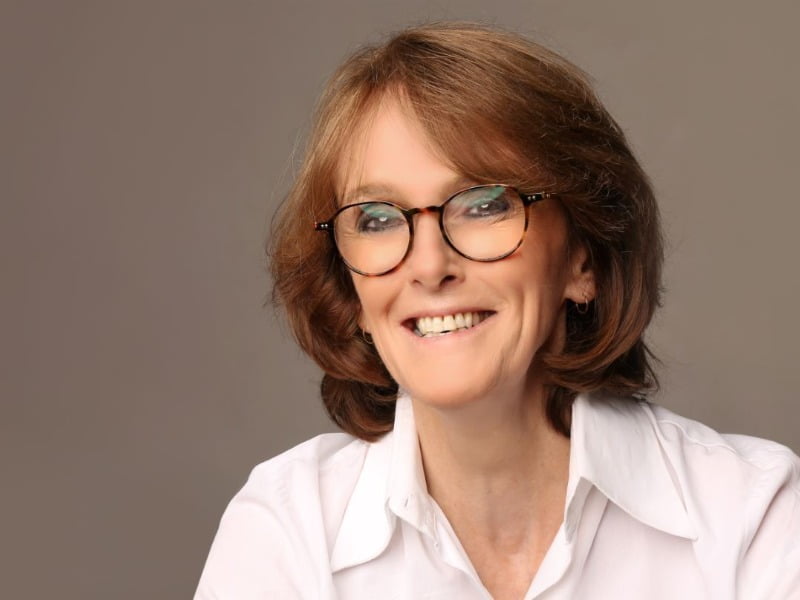Australia’s Chief Scientist has warned traditional STEM career pathways are excluding women early and often and must be addressed with a new approach that recognises the barriers and builds on the work of pioneering female leaders.
In a speech to the Institute of Public Administration Australia, Australia’s Chief Scientist Dr Cathy Foley outlined the age and gender barriers facing women in STEM, ranging from severe underrepresentation in education to stigmas and age discrimination.

Dr Foley said Australia needs experts “with the capacity to think in nuanced ways about safety and community acceptance” but was excluding too many potential leaders through structural barriers.
“I strongly believe that we won’t achieve what we need to as a nation unless we take that diversity message to heart,” she said at the 2021 Helen Williams Oration on Wednesday, an event celebrating the trailblazing public servant who for 17 years was the only female departmental secretary.
Dr Foley said barriers to STEM careers start early for women, with an underrepresentation in education.
The latest government data on women in STEM shows only nine per cent are studying STEM qualifications in tertiary education courses related to maths, or the sciences or engineering – excluding health – compared to more than a third of men.
“That is, more than 90 per cent of women at university or TAFE are studying for qualifications not related to STEM,” Dr Foley said.
“When your country is building its future on high-tech STEM-related industries, that’s a problem.”
Women who do eventually enter STEM fields also typically do so in caring professions such as medical, environmental and veterinary science. While welcome, Dr Foley said Australia needs to also encourage women to enter mathematics, IT and the physical sciences careers.
“I know they are choosing careers where they feel they can make a difference, but I want them to know that they can absolutely make a difference working in the physical sciences, tackling complex issues in areas such as climate, energy and water.”
Dr Foley said promoting female leaders in these fields would give younger women the role models needed to pursue their own career. But further diversity barriers also make this difficult.
Early and mid-career researchers report a lack of support for flexible STEM work or non-linear career paths, not helped by the alignment between the timing of university careers and the age when women have children or the way success is typically measured in publication numbers, Dr Foley said.
“It is troubling to hear women saying that going part-time at work damaged their careers.
“On the other side of the coin, I have heard from women who felt judged for going back to work too soon.”
Some research institutions have begun addressing this with promotions, career breaks and appointment timings, but Dr Foley said it remains the exception, not the rule in Australia.
For women who do advance, more barriers await later in their careers, Dr Foley warned, including age discrimination, early retirement expectations and menopause.
“Menopause is not discussed enough. I know I wouldn’t have felt comfortable talking publicly about it when I went through the experience myself some years ago,” Dr Foley said.
“It’s not as though it’s a small group. Half the population goes through menopause. And it’s not a moment in time – it’s a process that takes some years.”
But there is little research on the impact of menopause on women’s careers in Australia, while other countries are already actively trying to address it. In the UK, a parliamentary inquiry was established last year, noting more than one million women in the UK have left their jobs because of symptoms.
“This is just at the point in their careers when they should be in senior positions – the trailblazers and role models for younger people,” Dr Foley said.
Women overseas are increasingly launching employment discrimination cases relating to menopause and symptoms, Dr Foley said, but still face barriers and stigma.
“We can be sure these same things are happening in Australia, and women are leaving work because of it,” Australia’s chief scientist said.
“I don’t know to what extent.
“But I do know that we have to do everything we can to keep women supported and productive at work through their 50s and into their 60s.”
Diversity ‘quicksand’
Dr Foley described the challenges facing women in STEM as “patches of quicksand where careers can get really stuck”, adding they tend to stand out more given the “glacial pace of change” in diversity in Australia.
But she said it was also important not to lose sight of what had been achieved, with women now holding several top public service, science and defence roles, helping to normalise female leaders.
“One of the challenges female leaders face is the feeling that perhaps they shouldn’t really be there –a kind of imposter syndrome,” Dr Foley said.
“But it is time to take imposter syndrome off the list of things to worry about.
“This is the time to stand confidently and lead by example to inspire and advance the careers of women who come behind us.”
Do you know more? Contact James Riley via Email.

